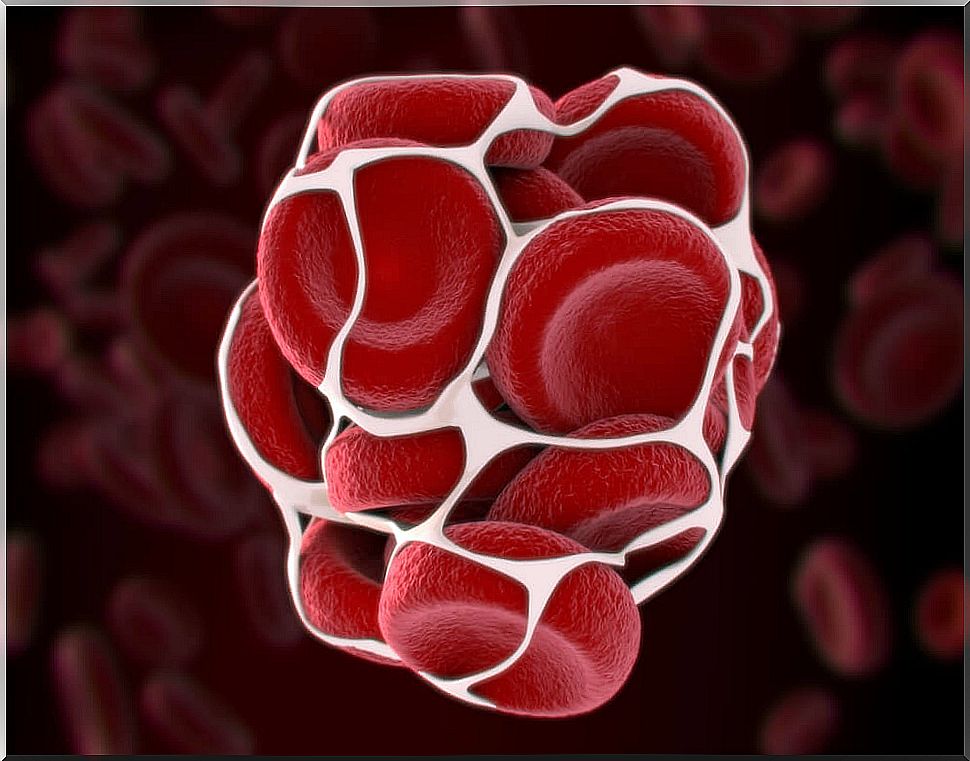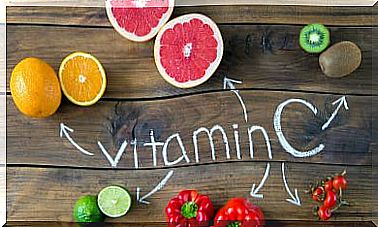Vitamin K: Sources And Functions
Vitamin K is essential for health. Among its multiple functions, the most prominent is its role in blood clotting.

Vitamin K is a type of fat-soluble vitamin, essential for proper blood clotting, maintaining cardiovascular health and good bone condition, among other functions . Thanks to it, the clotting factors circulate active, something essential to stop bleeding .
Sources of vitamin K

The main sources of vitamin K are exogenous. That is, most of the contribution of this is made from the diet that is carried out on a day-to-day basis. In this sense, the foods with the highest vitamin K content are:
- Vegetables like cauliflower, cabbage, or broccoli.
- Green leaves, such as lettuce, chard, or spinach.
- Fish.
- The liver.
- The eggs.
- Some cereals.
However, the existence of an endogenous source of this vitamin should not be overlooked: the intestinal flora. Bacteria that are part of the flora of the digestive tract are an important source of endogenous vitamin K.
Although this small endogenous supply of vitamin K is important, it is not enough. The contribution of this vitamin with the diet is essential, both for health, and to maintain many physiological processes.
How is it absorbed?

Broadly speaking, vitamin K is absorbed from the ileum and the colon. For this, it is necessary that the biliary and pancreatic functions work properly. In addition, since it is a fat-soluble vitamin, its absorption is favored by the presence of fats.
Functions of vitamin K
First, l to vitamin K acts as a coenzyme. In other words, they are organic molecules that, by joining the precursor of an enzyme, allow it to convert into its active form. Once the enzyme passes into its active form, reactions can take place.
This would be a way to graph this process with a concrete example: we want to wash the car, which would be the reaction. For this, we need the car wash, which would be the enzyme.
When we arrive, the tunnel does not work; sponges don’t spin, and there’s no water, no soap. That is, our enzyme is inactive. To activate it, we need a cofactor, which would be money. Once the money is in the machine, it starts up; that is, the enzyme is activated.
Role in blood clotting

The main function of vitamin K is to activate certain clotting factors in the liver. This process is called gamma-carboxylation. It affects the vitamin K-dependent factors, that is: factors II, VII, IX and X and proteins C and S.
Thanks to this step, the coagulation cascade aimed at stopping bleeding can be started. The factors go from an inactive state to an active state.
Relationship with calcification of bones
Another very important function of this vitamin is its role as a facilitator in the uptake of calcium. This process is possible thanks to the role of vitamin K in the carboxylation of osteocalcin, a hormone produced during bone formation.
The analysis of its concentration in blood allows to know the rate of bone formation and remodeling, which is of special interest in some pathologies. In menopausal women, this information is very useful to control osteoporosis.
In this sense, a vitamin K deficiency is associated with lower bone density. With this, the risk of fractures is higher.
Cardiovascular protection

As we mentioned before, vitamin K is essential for the carboxylation of a protein called Glaz. This inhibits the calcification of the blood vessels.
Therefore , a correct intake of this vitamin protects the individual from vascular damage. From this it can be deduced that low concentrations of this increase cardiovascular risk. In addition, vitamin K protects us against diabetes and plays an important role in insulin sensitivity.
Medical uses
Clinically, vitamin K is used in:
- Newborns: To prevent serious bleeding.
- As an antidote: To stop bleeding caused by classic anticoagulants, such as Sintrom.
- Some rare inherited diseases.
In short, there is no doubt that vitamin K is one of several that our body needs to function optimally. You already know: guaranteeing your intake from the aforementioned foods is extremely important for the functions detailed here.









